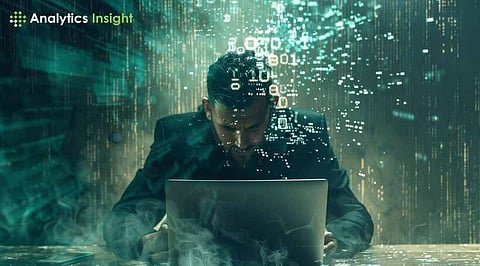

As cyber threats continue to evolve, 2025 marks a turning point for businesses and individuals facing increasingly sophisticated attacks. Hackers are embracing cutting-edge technologies, such as AI-driven malware, ransomware-as-a-service (RaaS), and deepfake social engineering, to infiltrate organizations and steal sensitive data.
These emerging threats, coupled with vulnerabilities in supply chains and the rise of 5G and IoT exploits, demand stronger security measures. As the dark web becomes a hub for these dangerous tools, companies must adapt to the rapidly changing landscape to protect themselves from potentially devastating cyberattacks.
Hackers are increasingly using artificial intelligence to develop malware capable of evading detection. AI-powered attacks adapt in real-time, bypassing traditional security defenses. Malware can now analyze environments, detect security tools, and change its behavior accordingly, making detection and mitigation more difficult.
RaaS is fast growing to become a major concern as cybercriminals sell ready-made ransomware kits to affiliates with little technical knowledge. This kind of a trend has led to a wave of attacks targeting businesses of all sizes, from a startup to the large ones. The financial impact of ransomware is increasing, with average recovery costs reaching millions of dollars. Offline backups, endpoint protection, and employee training remain key strategies in reducing ransomware risks.
Deepfake technology is being weaponized to make convincing video and audio content that mimics executives, government officials as well as financial institutions. Cybercriminals use deepfake voice calls or video messages so as to manipulate employees into either transferring funds or revealing sensitive information. Verifying identities through steps like 2FA or other authentication steps can help to prevent such attacks.
Attacks on supply chains are rising as hackers infiltrate third-party vendors to gain access to multiple organizations at once. Attackers achieve their objectives through software update or third-party service weak points which offer access to deliver malware or steal data. Companies need to enact thorough acceptance processes along with ongoing surveillance and immediate regulatory examination procedures for risk reduction.
Security challenges have appeared with the growth of 5G networks and Internet of Things (IoT) devices. The insecure nature of IoT devices allows hackers to break into corporate networks while they create operational disruption or execute widespread attacks. Secure authentication practices together with regular updates and network segmentation needs to be performed for effective security measures.
Cybersecurity in 2025 demands proactive defenses, including AI-based anomaly detection, zero-trust frameworks and continuous risk assessments. Organizations that adopt these strategies will be better prepared to combat emerging threats and safeguard sensitive data from evolving cyber risks.
